Without basic training and some ground rules leash walking can quickly become a miserable fight and source of frustration. Common problems I hear are: my dog pulls uncontrollably, my dog is too busy sniffing to walk, my dog reacts to everything, my dog doesn’t listen, etc.
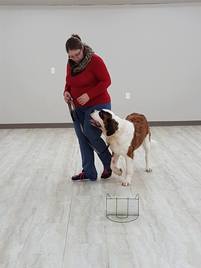
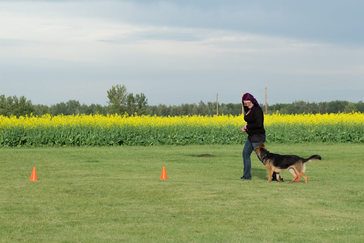
There is nothing wrong in giving your dog a correction - as long as it is properly timed, thought out (NEVER correct out of anger), and correctly administered. Corrections can be verbal by telling your dog NO or physical in the form of a leash correction, blocking with your body and even simply restraining your dog and not allowing them to do something. A correction is the act of doing something to stop and change inappropriate behaviour. One thing many people do incorrectly is when attempting to correct via the leash they pull back on the dog. This act of pulling back put pressure on the dog and often will cause the dog to pull more against the pressure. A Leash correction should be a short snap of pressure to get the dog's attention. Leash corrections can vary in degree also by the amount of pressure. Small light pressure corrections are effective typically at getting the dog's attention and getting it beside you, where as a heavy pressure can be needed for barking and lunging.
Lastly, having an obedient dog can help in your walks. Many cues you teach your dogs can be applied during a walk. Some of my favorites are focus, leave it, and settle. If you dog knows how to listen to you and respects you from your training practices it can help make a walk more pleasant.
Now, a short detour into the many training aids out there. Sometimes you just need a bit extra help when trying to train a nice loose leash walk. Training aids can be very successful and we accept all kinds of aids here at Canine Coaching. Our belief is that anything that helps you to train your dog is a positive thing but it is important to know the correct ways to use any tool you get. Some different types of aids that exist to help with leash walks are halti type head harnesses, slip or prong collars, or no pull harnesses.
We have a variety of methods we use when teaching Loose Leash Walking and when these are not working as they should we are always open to helping students pick the training tool that best suits their needs. We hope that some of the tips in this article help put you on the right path to enjoying your walks again
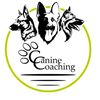
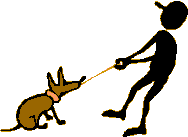
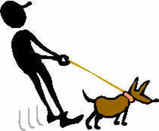
 RSS Feed
RSS Feed
